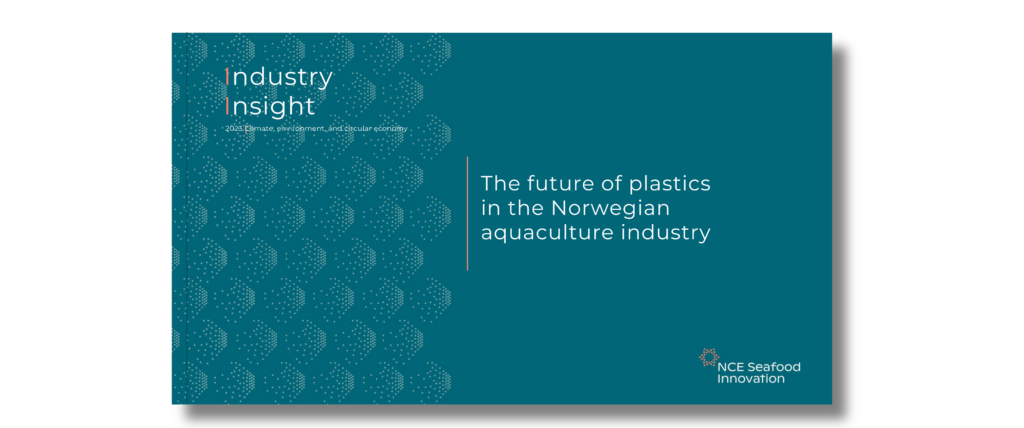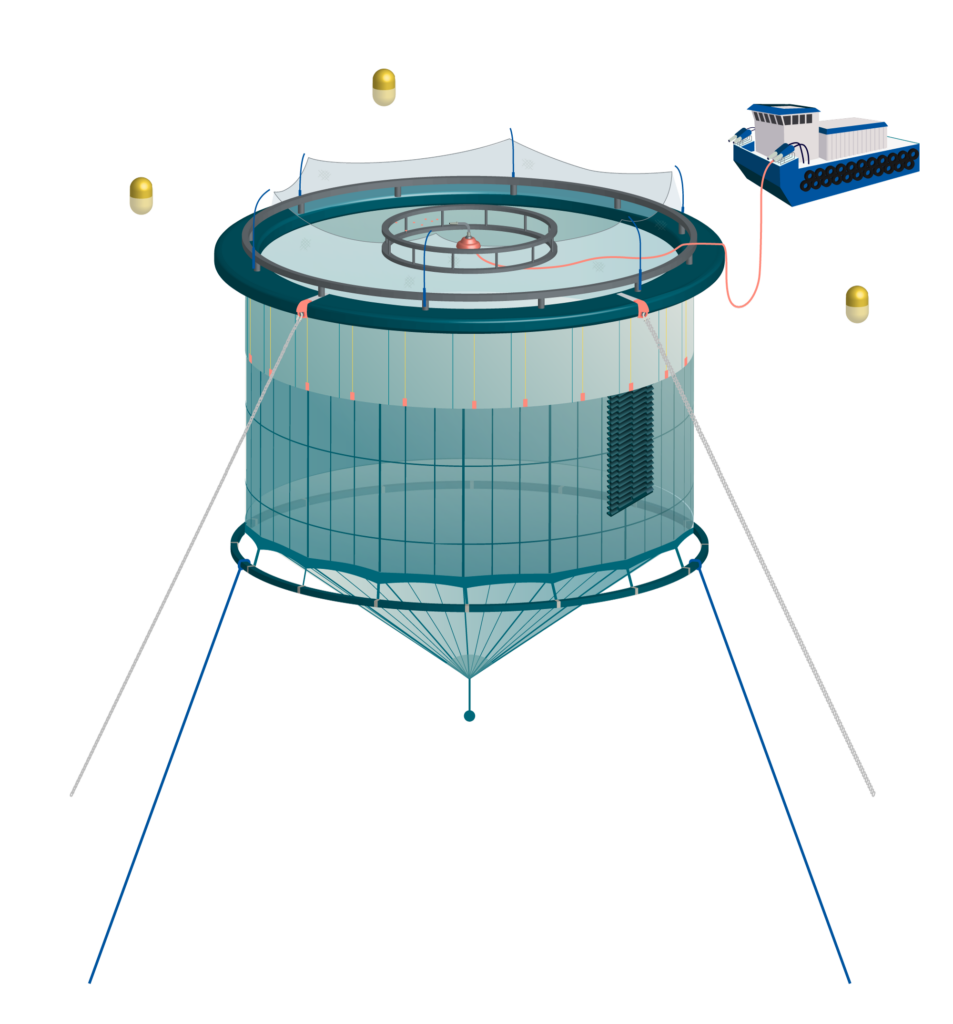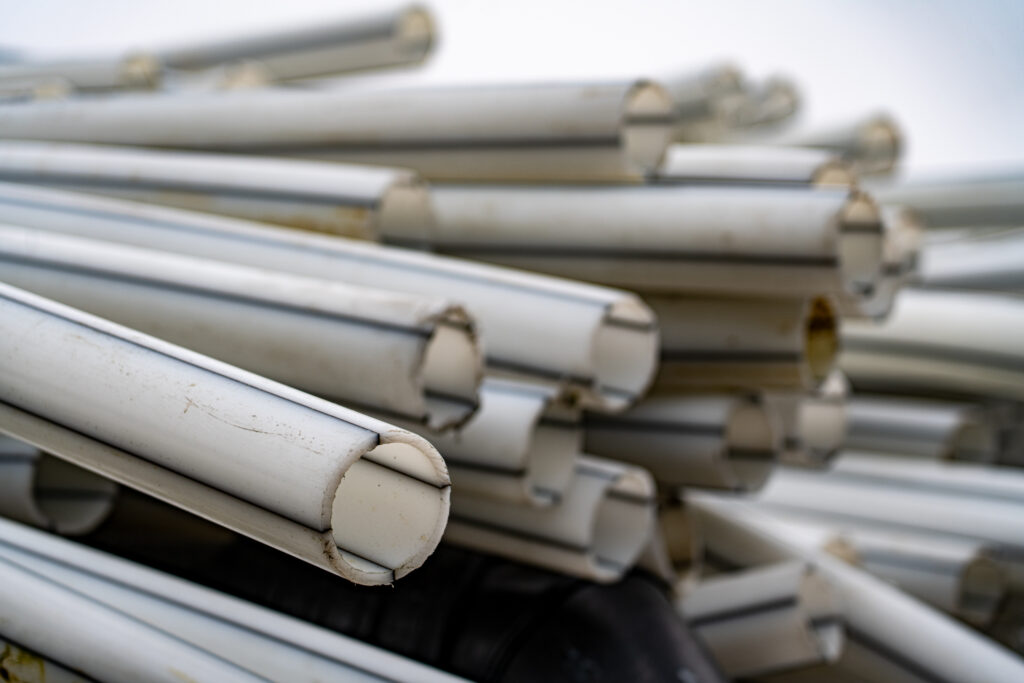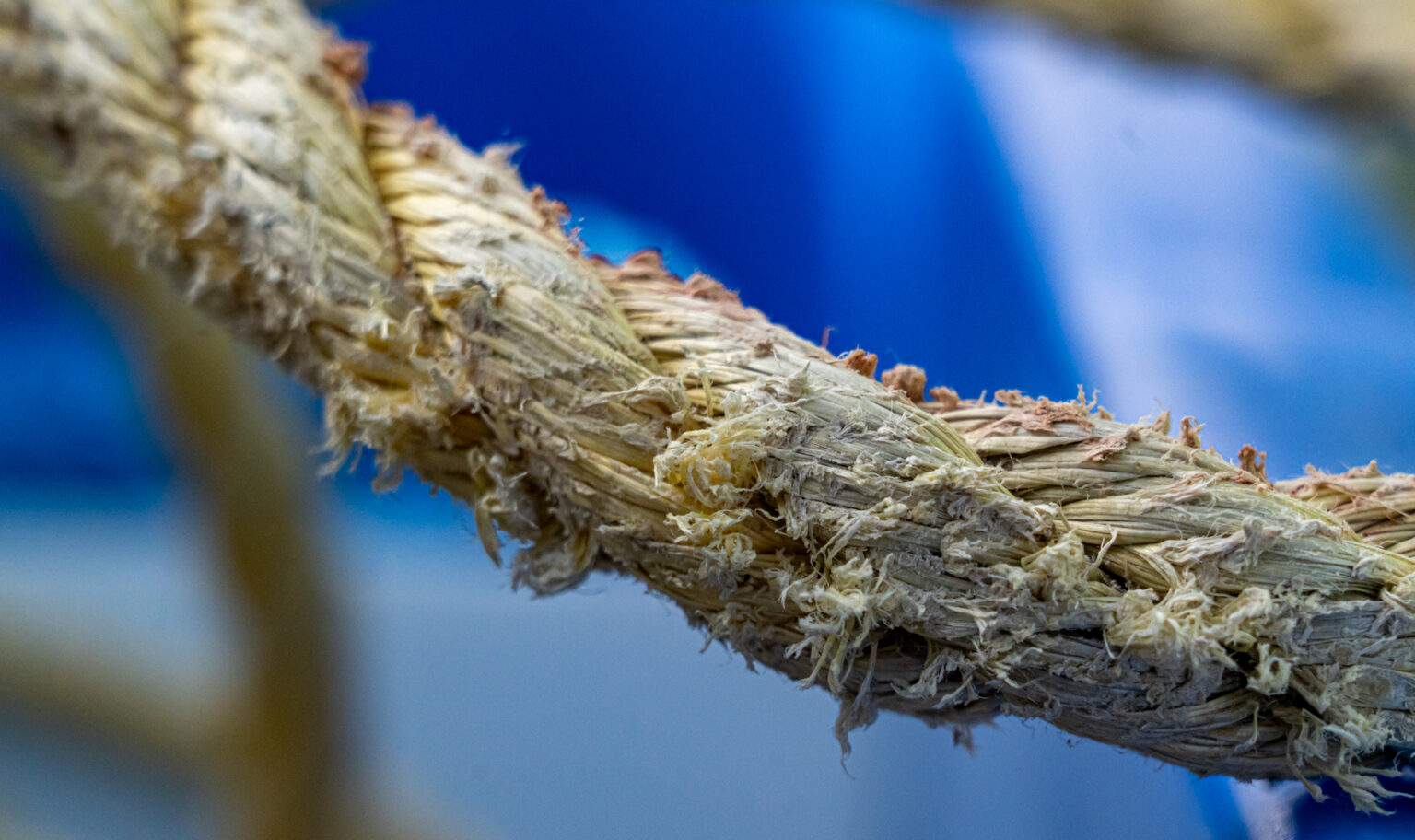Plastic equivalent to three Eiffel Towers
About 190,000 tons of plastic are in use at any time, and up to 28,500 tons of this is replaced every year*. In comparison the Eiffel tower weighs 10,100 tonnes[1]. So, a volume equivalent to just under three Eiffel Towers are sent to burning, landfill, or recycling.

Today, the distribution is such that approximately one of these three plastic Eiffel Towers is sent to recycling. Thus, the volume itself isn’t necessary a problem; rather the fact that the plastic’s life cycle is mostly linear. Similar to the plastic straws, this is not globe-friendly in the long run.
In addition, the volume used causes four major environmental concerns [2]:
- Marine litter & environmental pollution through equipment leaked to nature
- CO2 emissions related to production and incineration
- Chemical leakages, and
- Microplastic generation
New report about the issue
Our new Industry Insight report addresses this challenge. “The future of plastics in the Norwegian Aquaculture industry” has been put together with input from key stakeholders from various segments of the industry, all in the quest of mapping the status of plastics in aquaculture, barriers, and possibilities.
At the very least, it’s clear that the current linear approach cannot continue. However, it’s easier said than done, as there are several obstacles to overcome to extend the lifespan of plastic products.

The barriers to a more circular system
According to the report, six challenges must be solved or overcome to establish a more circular value chain for plastics.
Large distances between facilities
Due to the long Norwegian coastline, waste collection is expensive. In addition, there are large distances from aquaculture sites to waste management facilities.
Limited knowledge sharing and data quality
There is a lot that we don’t know about plastics. For example, we lack important knowledge about reused and recycled plastic, and maybe as a result, recycled plastic is often considered to be of lesser quality. Deputy EVP at NORCE, Hans Kleivdal, highlights this in the report.
– More knowledge is necessary to make sure that recycled plastics do not lead to more leakage of toxic chemicals or microplastics in the ocean. Solving one problem by opening two new ones would be detrimental in every respect and our ambition is to contribute to avoiding such developments and guide the industry towards the most environmentally friendly solutions by solid research.
What about the plastic that we don’t recycle? What really happens with plastic waste after collection? That is also a mystery for many of the players in the industry, as poor tracking is a barrier left to be solved.
Profitability and alternative cost
Virgin plastic is cheap, and when plastic things are weathered and aged it’s often more economical to burn or deposit the waste in landfills, than to recycle it. In addition, recycling companies compete against traders’ and landfills’ low tipping fees which makes it even harder.
Profit is, and will always be, a barrier when it comes to succeeding with new business models, and it’s hard to change without the circular value chain being profitable in all steps.
Variable quantity and quality
One benefit with plastic is that it comes in many forms and can be mixed in different ways. It’s convenient for producers to mix various types of the material to minimize costs. Thus, equipment on a fish farming site consists of varying material composition. The downside is that it makes it more difficult to recycle the mixture of different types of plastic material and waste.

Performance requirements
While the security of our products is important, this is also a barrier for recycling or reuse. The producers of aquaculture gear need to deliver on quality and performance requirements. NS 9415 is one of those, and it sets strict requirements on plastic quality. Laws and regulations is necessary, but can sometimes prolong innovation processes.
Immature supply chains
Net-pens are larger today than before, making the parting and collection of the plastic technologically challenging. This illustrates the importance of a reliable supply network and collaboration across the value chain.
The last barrier is the lack of reliable supply networks and eco-industrial partnerships. Collaborations between businesses to improve environmental and economic performance through the exchange of resources such as materials, energy, waste and by-products are not yet established. The lack of networks and collaborations like this hinders the establishment of circular business models.
The route to a more circular plastic system
So which steps should we take to solve the barriers and move towards a more circular system? Find the answers in the report that was launched Friday 20th of October.
See the launch here.

Sources
[1] https://www.toureiffel.paris/en/the-monument/key-figures
[2] Industry Insight: The future of plastics in the Norwegian aquaculture industry
Photo on top of the article is taken by Anders Valseth NTNU/ Praktisk talt plast.
*The report states that about 190,000 tonnes of plastic are in use at any time. Depending on products’ lifetime, 8-15% of this volume is replaced every year. 15% of 190,000 tonnes is 28,500 tonnes. In other words, up to 28,500 tonnes of plastic is replaced every year.
